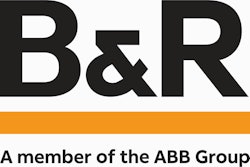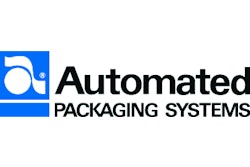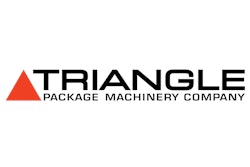Among the thoughtful responses were these:
• From Jens Agerskov, CEO at Dencore Packaging Systems APS in the Copenhagen, Denmark, area: "Machine buyer—they are not held hostage to the mfg."
• Replying to Agerskov was John Kowal, market development manager in the greater Chicago area for B&R Industrial Automation: "Machine builders and buyers both are not held hostage by us controls suppliers! If you are interested in open architecture and how it benefits you, come to Pack Expo Las Vegas and attend the OMAC (Organization for Machine Automation and Control) meetings on September 27."
• From Charles Muskat, sales manager for Triangle Package Machinery Co., who is based in the greater San Diego area: "I think both buyer and builder benefit. Ease of sourcing components, standardization, shortened learning curves, etc. are all good things. [From my perspective] as a machinery manufacturer, one of the things that open architecture has generated is the idea among end-users that they will have complete access to the PLC code. This opens up a can of insurance worms because of the potential for the end-user to modify something that makes the machine less safe. Triangle has taken the approach of providing copies of programs with all comments, but we reserve the ability to make code changes so we may verify functionality and safety. We then offer lifetime archiving of the program so the end-user can always get back to square one if something happens. One complaint I hear from end-users is the restrictive nature of the 800-lb gorilla of the controls industry for our segment. High pricing for replacement items and minimal backwards compatibility when new generations are released are two main concerns. But in the next breath everyone still specifies the gorilla! Overall, however, open architecture has been a great success for us and our customers."
• Back to Jens Agerskov: "How do you understand open architecture and how do you work it? Most of the OpenPLC component manufacturers still program in their own softwares, layers on top of CodeSyS or other platforms that are semi open. What do you understand by open architecture and how do you optimise the use of it?"
• And John Kowal's answer: "Everything is relative. I've been involved in industrial controls standards for 15+ years, and as a board member of OMAC I'm still in the middle of it. From a practical standpoint, common look and feel means a lot. Cars make a great analogy. I don't really want to ask for a Ford motor in a brand new Chevy, but either brand should have the speedometer, turn signals, and ignition switch more or less where I expect them. The unnatural relationship in the North American packaging market with the 800-lb. gorilla -- as Charles Muskat so accurately described it -- is less about open architecture and more about human nature. But it's changing. Look at Nestle's new standards-based specification for packaging automation (see http://www.packworld.com/article-31399).
































